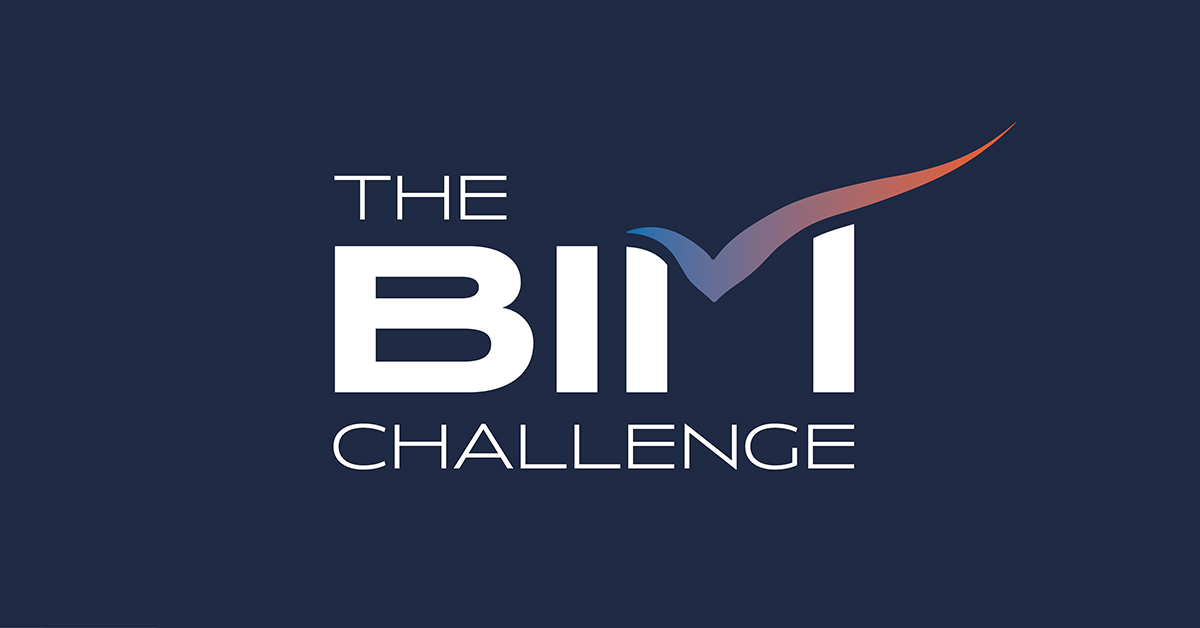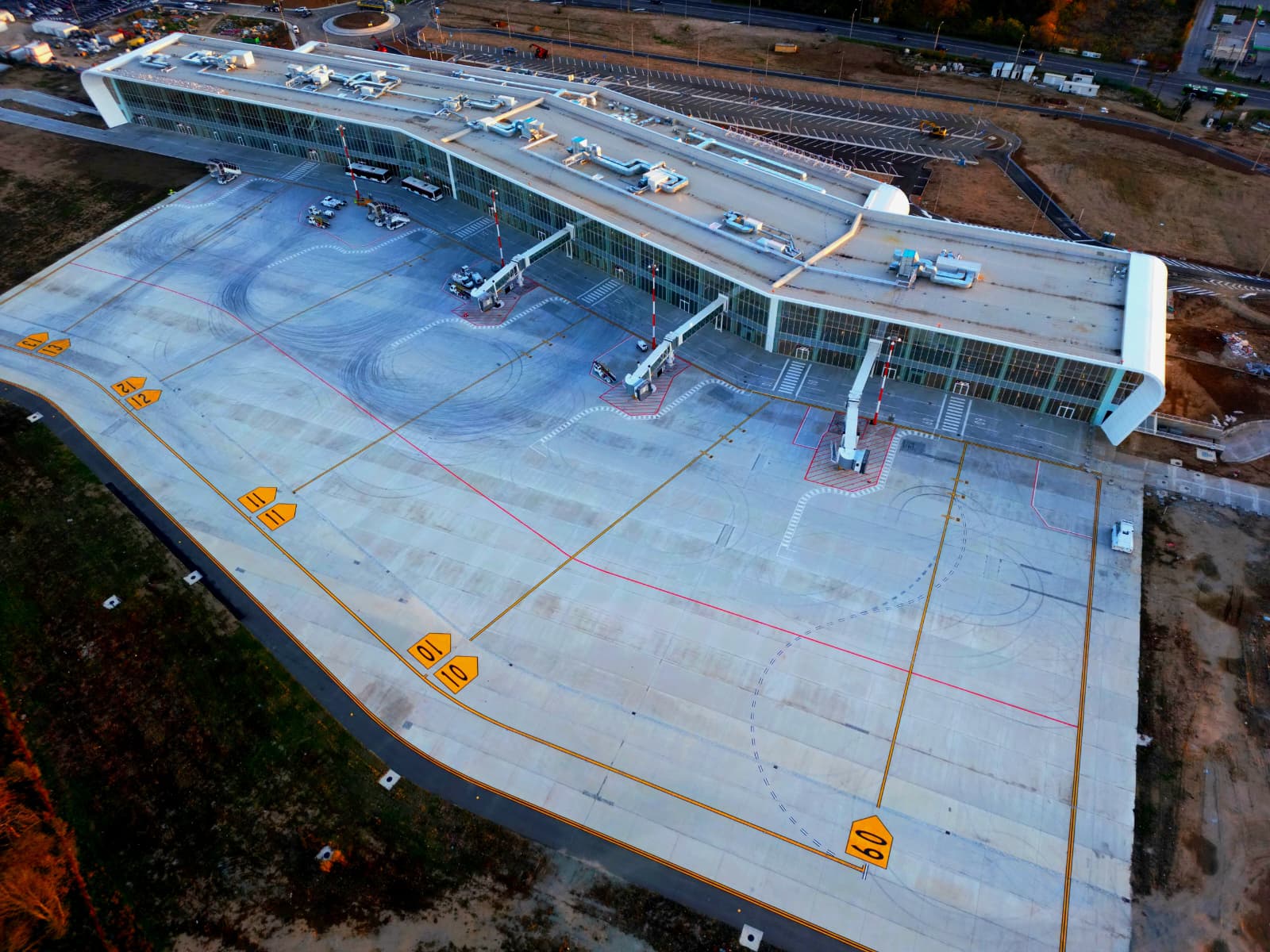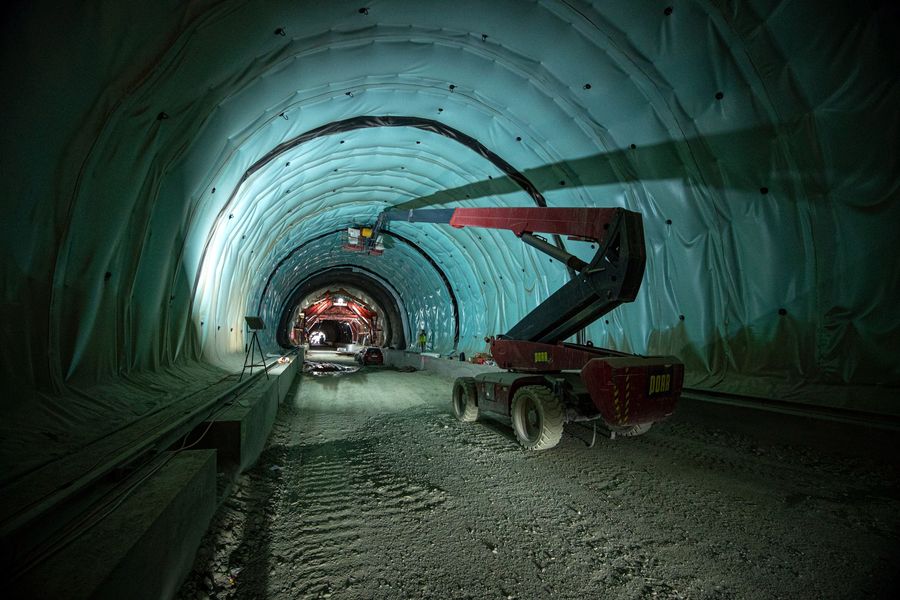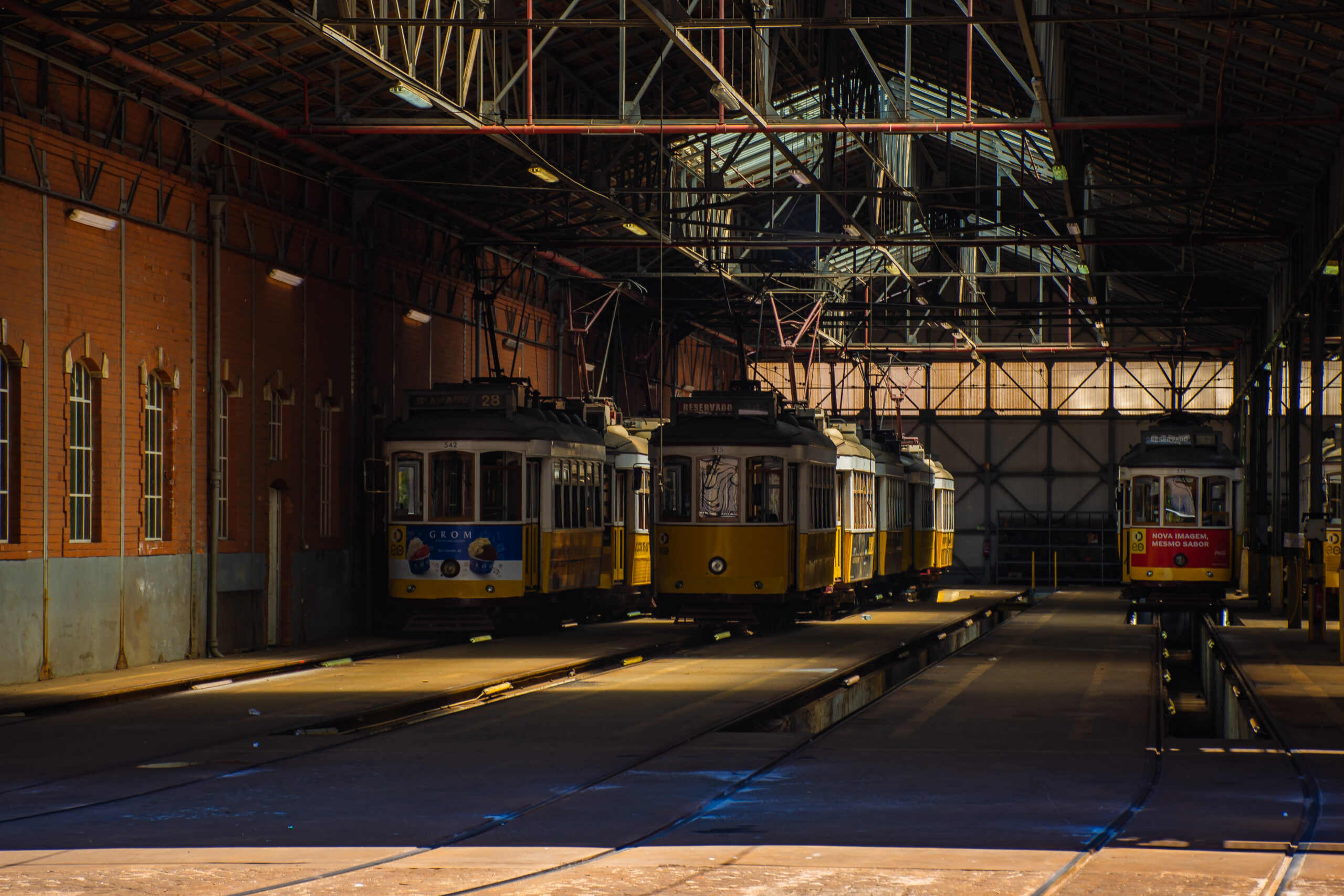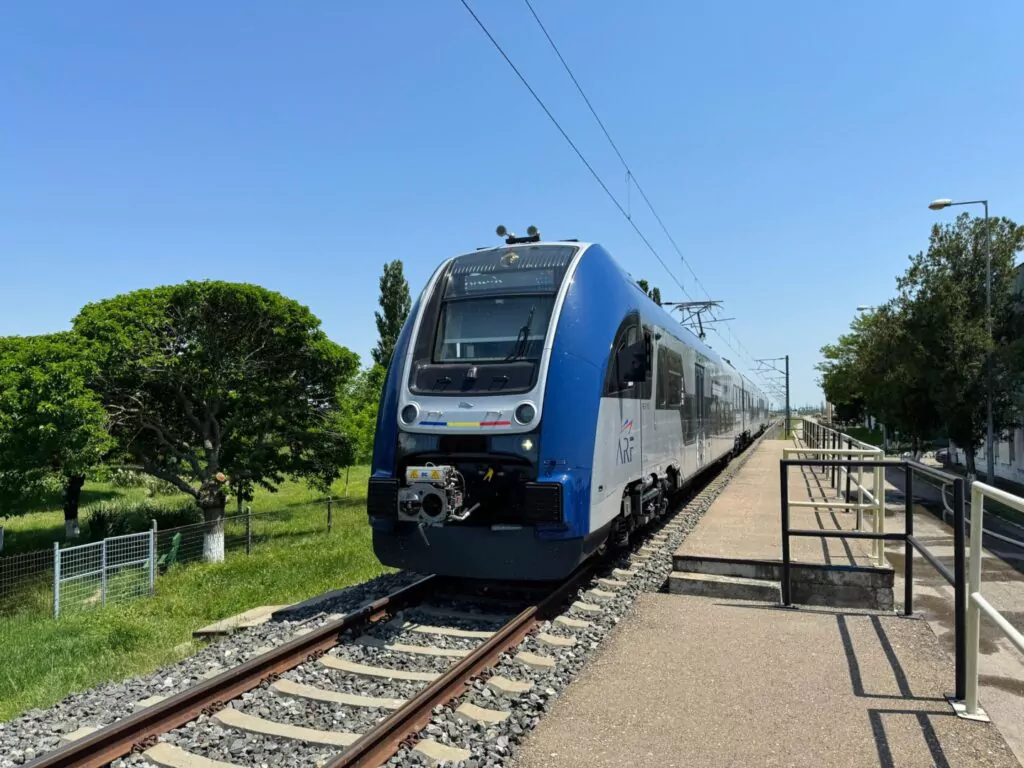Christian Rust este lider BIM & FM la NavVis, o companie de tehnologie premiată care a fost fondată pentru a reduce decalajul dintre hărțile digitale de exterior și de interior, oferind soluții unice end-to-end pentru cartografierea clădirilor, digitizare și navigare. Christian s-a alăturat NavVis în 2017 pentru a sprijini activitățile de dezvoltare NavVis în regiunea EMEA, cu accent pe industriile AEC și FM.
Are o experiență de peste 25 de ani pe piața AEC (Architecture, Engineering, and Construction). Acesta a studiat la Frankfurt și a lucrat pentru mai multe companii de planificare, construcții și IT. Înainte de a se alătura NavVis, a condus proiecte de topografie pentru proprietari de unități, cum ar fi bănci și biserici din Germania. La Autodesk, Christian s-a concentrat pe piețele emergente, inclusiv MEA și CIS, fiind responsabil pentru localizarea suitelor de produse. Pe parcursul celor 15 ani la Nemetschek a deținut diferite poziții de conducere, începând filiala din SUA ca vicepreședinte și ulterior conducând activitățile de vânzări și marketing din Europa de Est. Pe lângă cariera sa profesională, Christian conduce grupul de lucru BIM la Camera Inginerilor din Bavaria, este Președinte BuildingSmart Bavaria, predă la universități și ține conferințe la evenimente internaționale BIM/AEC.
Christian este unul dintre speakerii evenimentului The BIM Challenge, unde suntem parteneri media, și am avut plăcerea să discutăm cu el despre BIM, sectorul construcțiilor și multe altele.
Bună, Christian! Ne poți face o scurtă prezentare, te rog, care să includă rolul și expertiza ta?
Sunt inginer civil, iar la NavVis, sunt Lead BIM&FM, responsabil pentru solution partner în domeniul AECOM. La începutul carierei mele am lucrat la canalul Rhein-Main-Donau, iar acum, am peste 30 de ani de experiență în BIM. Am lucrat în SUA și EMEA (Europa, Orientul Mijlociu și Africa) la Nemetschek și Autodesk în diferite poziții de conducere.
În plus, sunt voluntar la Camera Inginerilor din Bavaria în calitate de președinte al grupului de lucru BIM și purtător de cuvânt al BuildingSmart Bavaria, vorbind la evenimente, conferințe și dezbateri.
Deși BIM este pe buzele tuturor, cumva nu este atât de popular în utilizare, copleșind încă mulți oameni. De ce crezi că se întâmplă asta?
Industria AEC este foarte fragmentată și de modă veche în comparație cu industria de producție, unde digitizarea este mult mai adoptată. Bănuiesc că este, de asemenea, un subiect ce ține de generație – multor oameni în vârstă nu le place să-și schimbe modul de lucru, în timp ce generația tânără este dornică să adopte noi tehnologii.
Sistemele BIM sofisticate permit colaborarea, la propriu. Adică diferite proiecte și discipline pot accesa un model central. Însă dacă este schimbat ceva, cum văd ceilalți participanți?
Da, BIM este într-adevăr, despre partajarea informațiilor. Nu toate tranzacțiile funcționează în paralel pe un model BIM central. Fiecare tranzacție are propriul model specific, dar, pe parcursul proiectului, în fiecare săptămână diferitele modele sunt îmbinate într-un singur model central, iar coordonatorul BIM și managerul BIM verifică coliziunile.
Am văzut exemple de proiecte în care BIM a fost folosit pentru a crea modele inutil de complexe sau în care datele au fost folosite pentru a crea „spaghetti plot-uri”, care sunt imposibil de înțeles. Cred că integrarea BIM și a siguranței pot avea loc doar atunci când clientul creează un mediu pentru un management bun al datelor. Ce crezi despre acest lucru?
Cel mai important este ca proprietarul să definească obiectivele BIM pentru proiect împreună cu echipa. Acesta este motivul pentru care EIR (Employer Information Request) și BEP (BIM Execution Plan) sunt fundamentale atunci când lucrăm cu BIM, astfel încât toate părțile implicate să știe ce și când să livreze și în ce calitate. În plus, o platformă comună sau CDE ajută la implicarea tuturor părților din proiect.
Ce nu îți place la BIM sau care ar fi cea mai mare provocare când lucrezi cu BIM?
Nu este vorba despre să-ți placă sau să nu-ți placă BIM, ci despre cum să faci noile tehnologii mai bine adoptate în industria fragmentată AECOM. Abordarea IPD (Livrarea integrată a proiectelor) ar putea ajuta toți membrii implicați în proiect să împartă riscurile și oportunitățile în loc să arate cu degetul atunci când depășesc bugetul sau timpul. Până la urmă, este vorba despre oameni care lucrează în echipă, despre proiect și nu doar despre tehnologie.
În comparație cu alte profesii, cât de departe crezi că este industria construcțiilor în curba de adoptare a automatizării?
Suntem încă la începutul adoptării BIM. După cum am spus, fragmentarea în industria AECOM este o mare provocare, prin urmare digitalizarea este încă slabă. Avem nevoie de mai multă digitalizare din cauza penuriei de forță de muncă și a presiunii costurilor. În plus, amprenta noastră de CO² pe clădiri este prea mare, vor fi necesare materiale de construcție noi ca metode de construcție în serie pentru a economisi forță de muncă.
În Regiunea Nordică, precum și în Marea Britanie, BIM este obligatoriu deja și, în Germania, guvernul a fondat în sfârșit bimdeutschland pentru a încuraja utilizarea BIM.
Există multe discuții despre Digital Twins și Mixed Reality ca soluție pentru a conecta lumile virtuale și fizice. Cum vezi rolul Digital Twins și MR în peisajul urban de mâine?
Digital Twins este deja peste tot, în industria auto nu este nimic nou. Abordarea noastră la NavVis este de a reduce decalajul dintre lumea fizică și cea digitală, permițând furnizorilor de servicii și întreprinderilor să surprindă și să partajeze mediul construit ca gemeni digitali fotorealistici.
Țările se află în prezent în stadii foarte diferite de adoptare a BIM. Care crezi că este următorul pas în extinderea BIM? Sau mai bine spus, cum putem invita antreprenorii să se implice activ în implementarea BIM?
În zilele noastre, eficiența energetică și sustenabilitatea sunt tendințe mari. Dacă proprietarul operează clădirea, în timp sunt posibile mari economii. Acesta ar trebui să poată folosi modelul BIM ca un geamăn digital conectat cu dispozitive IoT pentru a optimiza și prezice consumul de energie.
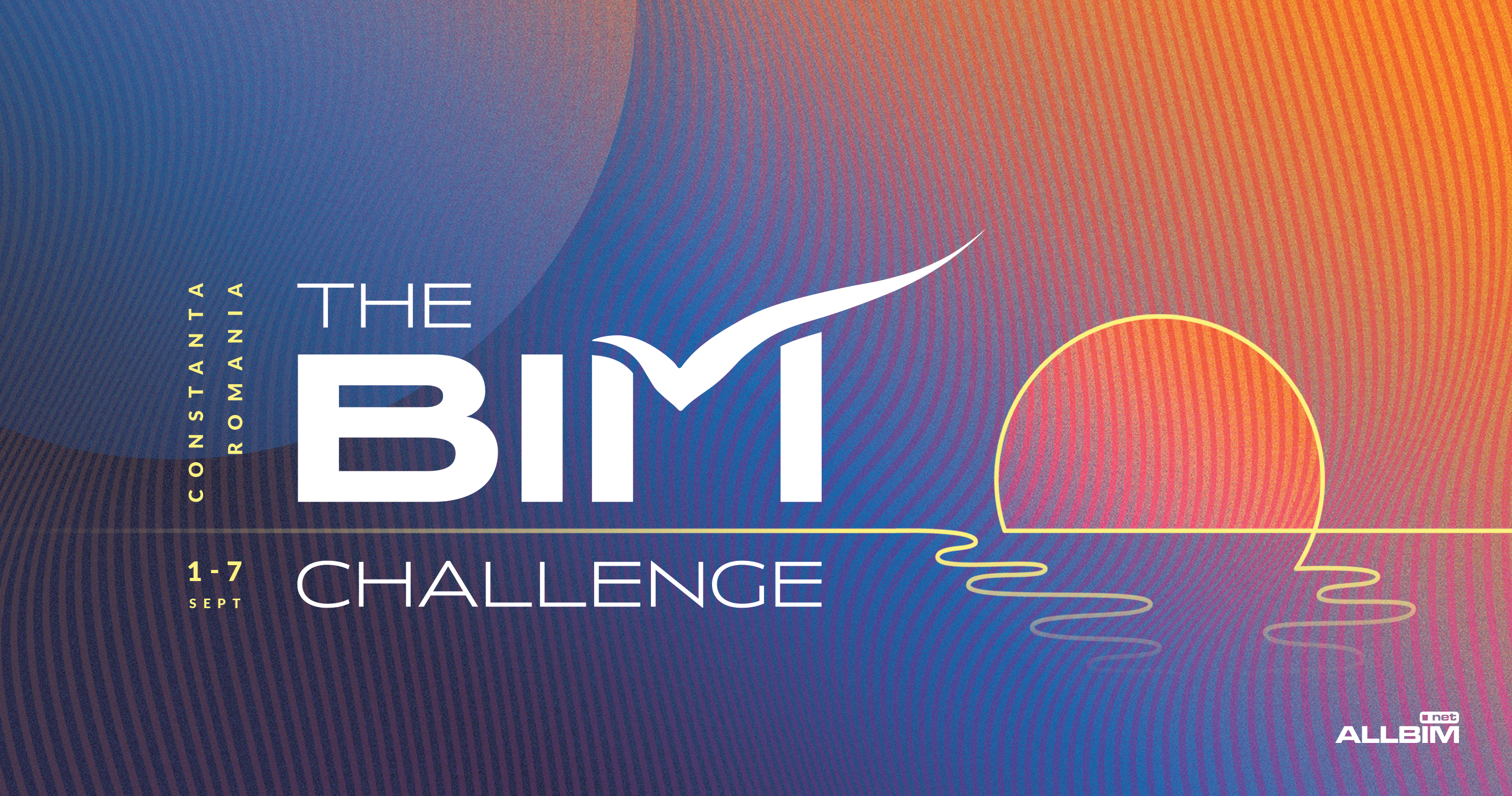
Ce ne poți spune despre evenimentul The BIM Challenge? La ce ar trebui să se aștepte participanții?
Este vorba despre împărtășirea cunoștințelor și învățarea de noi fluxuri de lucru și metode. Diferiți membrii AECOM (Arhitecți, Ingineri, Antreprenori etc.) vor experimenta noi tendințe și vor lucra practic în proiecte BIM. O oportunitate grozavă de a crea relații cu alți oameni.
Dacă ai putea vorbi direct cu publicul nostru, care ar fi sfatul tău cu privire la modul în care aceștia ar putea beneficia de BIM și Digital Twins și cum i-ai putea ajuta să evite problemele comune?
Cel mai important este definirea obiectivelor BIM atunci când începi un proiect. Utilizarea noilor tehnologii pentru a reduce costurile și a economisi energie în sectorul construcțiilor, de asemenea, este o necesitate. Tendințele precum scan2bim pentru a crea gemeni digitali devin mult mai ușoare și rentabile. Poți urmări în timpul fazei de construcție sau poți construi baza pentru a moderniza clădirile existente.
Este întotdeauna util să te informezi la evenimente publice și organizații precum BuildingSmart sau pur și simplu să iei legătura cu ALLBIM NET pentru a obține informații despre tehnologie. Și, în sfârșit, un eveniment precum The BIM Challenge reprezintă o ocazie și o platformă bună pentru a te informa despre ceea ce poți face și cum să eviți problemele.
–––––––––––––––––––––––––––––––––––––––––––––––––––––––––––
[English]
Christian Rust is Lead BIM & FM at NavVis, an award-winning technology company that was founded to bridge the gap between outdoor and indoor digital maps by offering unique end-to-end solutions for mapping buildings, digitization and navigation. Christian joined the NavVis in 2017 to support NavVis development activities across the EMEA region with focus on AEC and FM industries. He has more than 25 years experiences in the AEC market; the Civil Engineer studied in Frankfurt and worked for several planning, construction & IT companies.
Before joining NavVis he was leading surveying projects for facility owner such as banks & the church in Germany. At Autodesk Christian was focusing on emerging markets including MEA & CIS being responsible for countrification and localization of Product Suites. During the 15 years at Nemetschek he held different management positions starting the US branch as VP and later leading the Eastern European sales & marketing activities having procuration. Beside his professional career Christian is leading the BIM working group at Bavarian Chamber of Engineers, Speaker of BuidlingSmart Bavaria, lecturing at universities and speaking at international BIM/AEC events.
Christian is one of The Bim Challenge’s speakers and we had to pleasure to chat with him about BIM, the construction sector and much more.
Hi, Christian! Could you please give us a brief introduction into your background including your role and expertise.
I am a civil engineer and, at NavVis, I am Lead BIM&FM, responsible for our solution partner in the AECOM field. In the beginning of my career I did work at the Rhein-Main-Donau channel. Now I have over 30 years’ experience in BIM, worked in the US and EMEA at Nemetschek and Autodesk in different management positions.
Besides, I am volunteering at Bavarian Chamber of Engineers as chairman of the BIM working group and spokesperson of BuildingSmart Bavaria, speaking at events and lecturing.
BIM is on everyone’s lips – but somehow it still doesn’t seem that popular. It seems to overwhelm many people. Why is that?
The AEC industry is very fragmented and old-fashioned compared to the Manufacturing industry where digitization is much more adopted. I guess it is also a generation topic – most older people don’t like to change their work pattern, while the young generation is eager to adopt new technologies.
Sophisticated BIM systems permit collaboration: literally. That is to say that different parties and disciplines can all access a central model. If a party has changed something – how do the other participants see it?
Yes, BIM is about sharing information. Not all trades work parallel on one central BIM model. Each trade has its own specific model but, during the project, each week the different models are merged into one central model, and the BIM coordinator and BIM manager check for collisions.
We’ve all seen examples of projects where BIM has been used to create unnecessarily complex models, or where data has been used to create „spaghetti diagrams” that are impossible to understand. So I think integrating BIM and safety can happen when the client has created an environment for good data management. How do you feel about that?
Most important is that the owner defines the BIM goals for the project with the team. This is why the EIR (Employer Information Request) and BEP (BIM Execution Plan) are fundamental when working with BIM so that all involved parties know what and when to deliver and in which quality. Besides, a common Platform or CDE is helping to get all parties of the project involved.
What is it that you don’t like about BIM or what would you call the biggest challenge when working with BIM?
It is not about liking or not liking BIM, it is how to get new technology better adopted in the fragmented AECOM industry. The approach of IPD (Integrated project delivery) might help all involved project members share risk and opportunities instead of finger pointing when running over budget or time. Finally, it is about people running as a team, about the project and not only the technology.
Compared to other professions, how far along do you think is construction in the automation adoption curve, and why is that?
We are still in the beginning of adopting BIM. As stated, the fragmentation in AECOM industry is a big challenge, therefore the digitization is still poor. We need more digitization because of the labor shortage and cost pressure. Besides, our CO² footprint on buildings is too high, new building materials will be needed as serial construction methods to save labor on the building side.
In the Nordic Region, as well as in the UK, BIM is mandated and, in Germany, the government finally founded bimdeutschland to foster the usage of BIM.
There is currently a lot of discussion about Digital Twins and Mixed Reality as the solution to connect the virtual and physical worlds. How do you see the role of Digital Twins and MR in the urban landscape of tomorrow?
Digital Twins are already everywhere, in the automotive industry it is nothing new. Our approach at NavVis is to bridge the gap between the physical and digital world, by enabling service providers and enterprises to capture and share the built environment as photorealistic digital twins.
Countries are currently in very different stages of BIM adoption. What do you see as the next step in the expansion of BIM? Better yet, how can we invite owners to actively engage in BIM implementation?
Nowadays energy efficiency and sustainability are big trends. If the owner is operating the building over many years the possible savings are big. He should be able to use the BIM model as a digital twin with IoT devices to optimize and predict the energy consumption.
What can you tell us about The Bim Challenge? What should participants expect?
It is about sharing knowledge and learning new workflows and methods from each other. Different parties of the AECOM market (Architects, Engineers, Contractors, etc.) will experience new trends and get hands-on BIM project work. A great opportunity to network with other people.
So if you were able to speak directly to our audience, what would be your advice on how they should look to benefit from BIM and Digital Twins, and how could you help them avoid common problems?
Most important should be to define concrete BIM goals when starting a project. Leveraging new technologies to reduce cost and save energy in the building sector is a must. Trends like scan2bim to create Digital Twins is getting much easier and cost effective. You can keep track during the construction phase or build the base to retrofit existing buildings.
It’s always good to inform yourself at the chambers and organizations like BuildingSmart or just get in contact with ALLBIM NET to get information about the technology. And finally, an event like the BIM Challenge is a good platform to inform yourself of what is possible and how to avoid problems.
